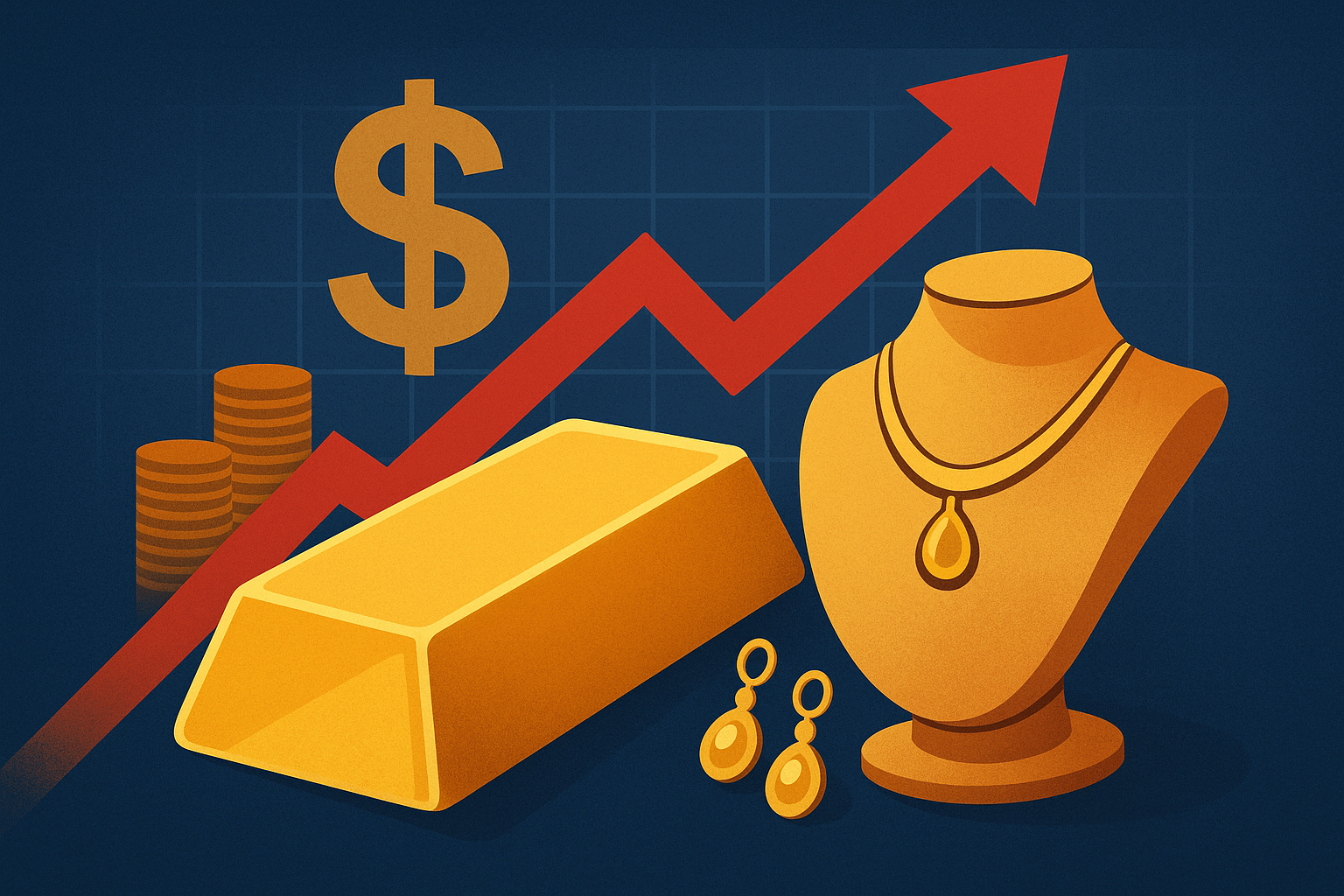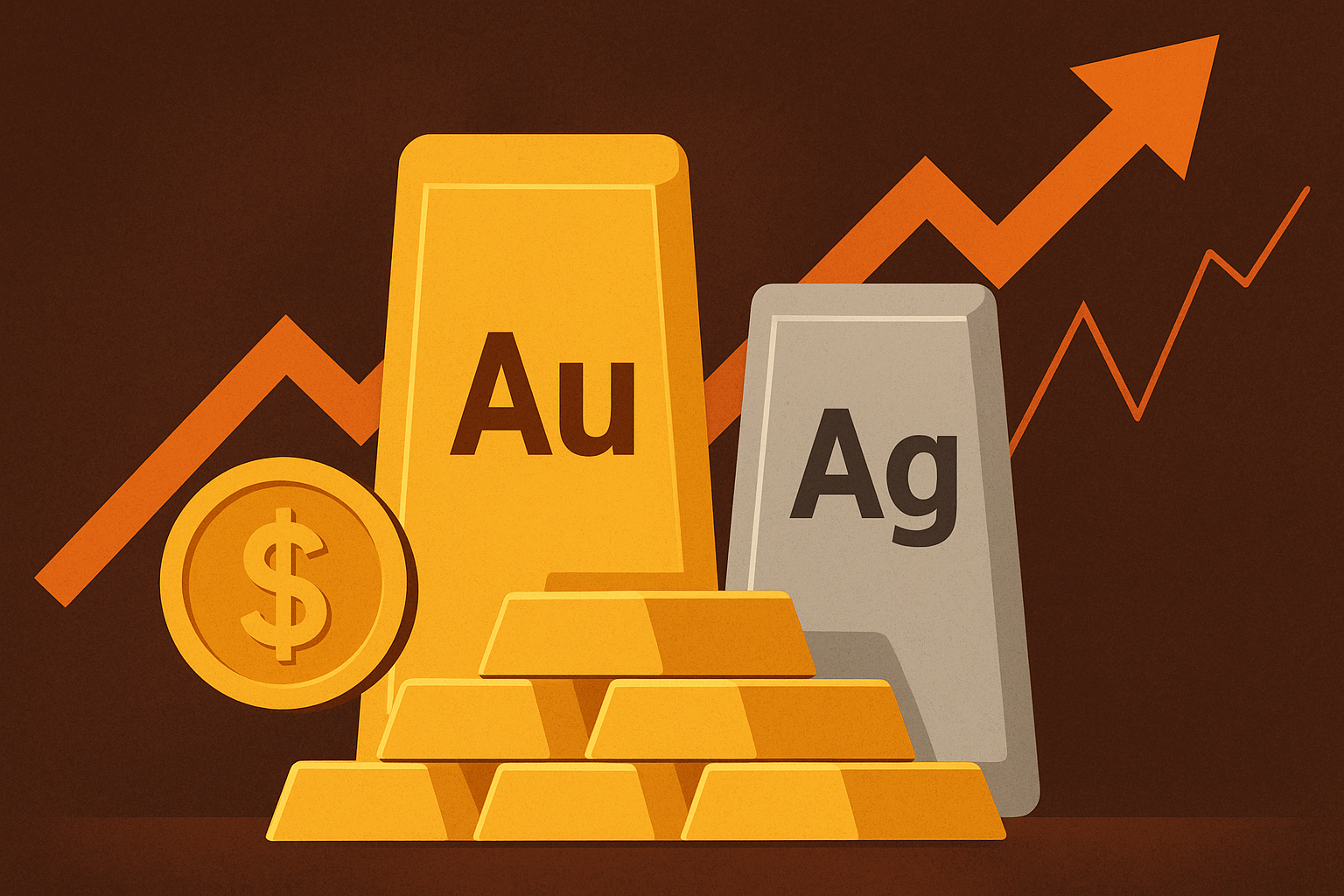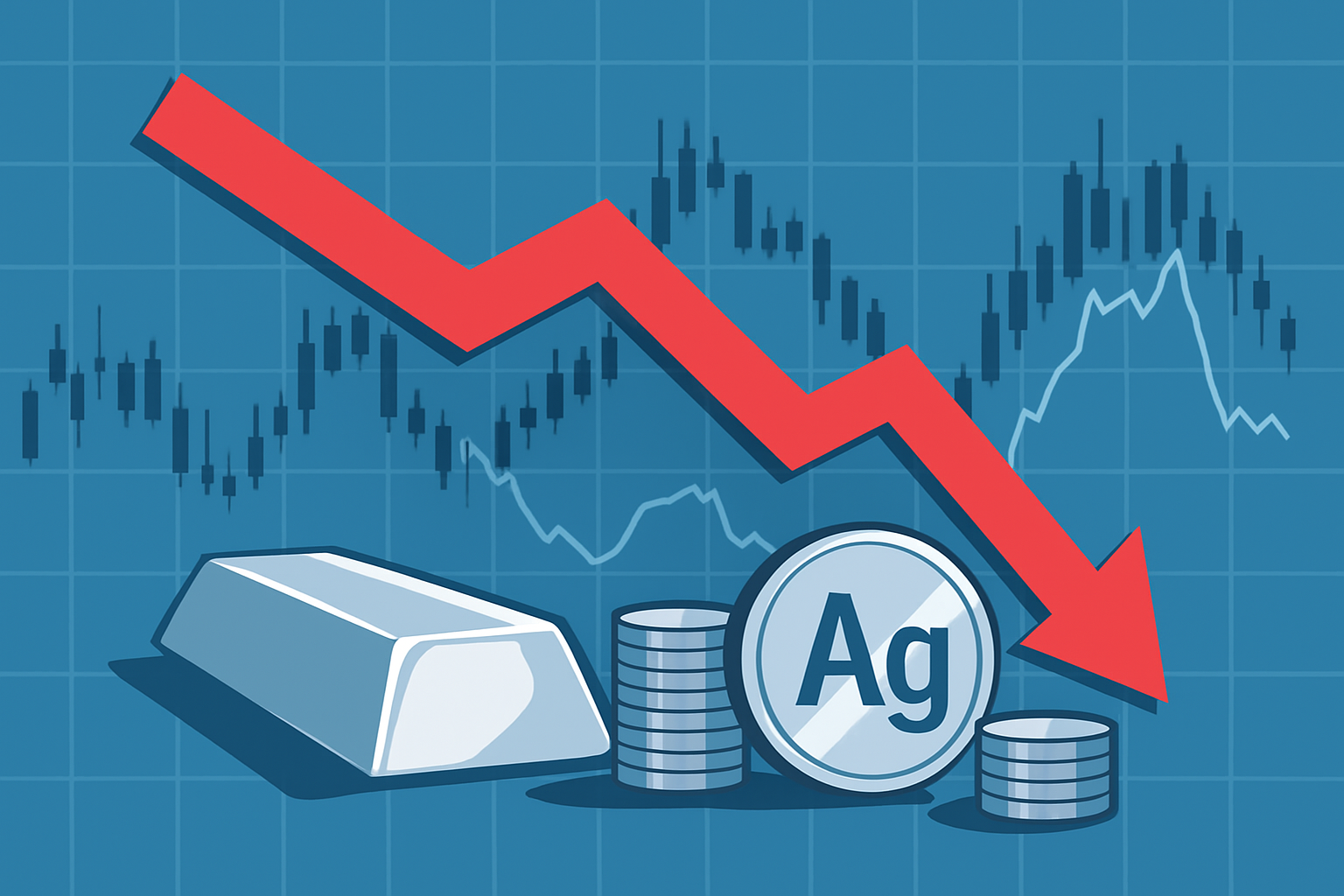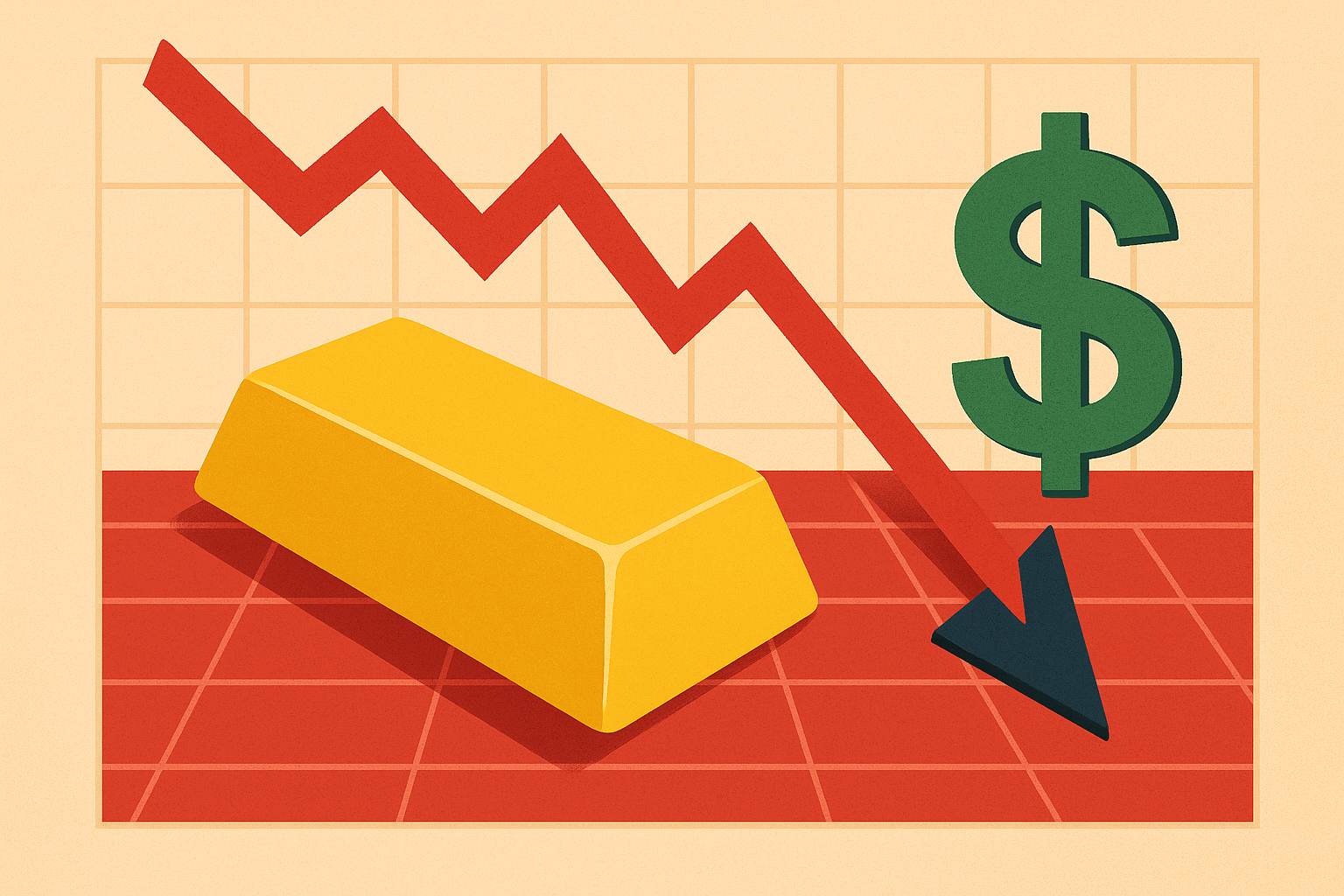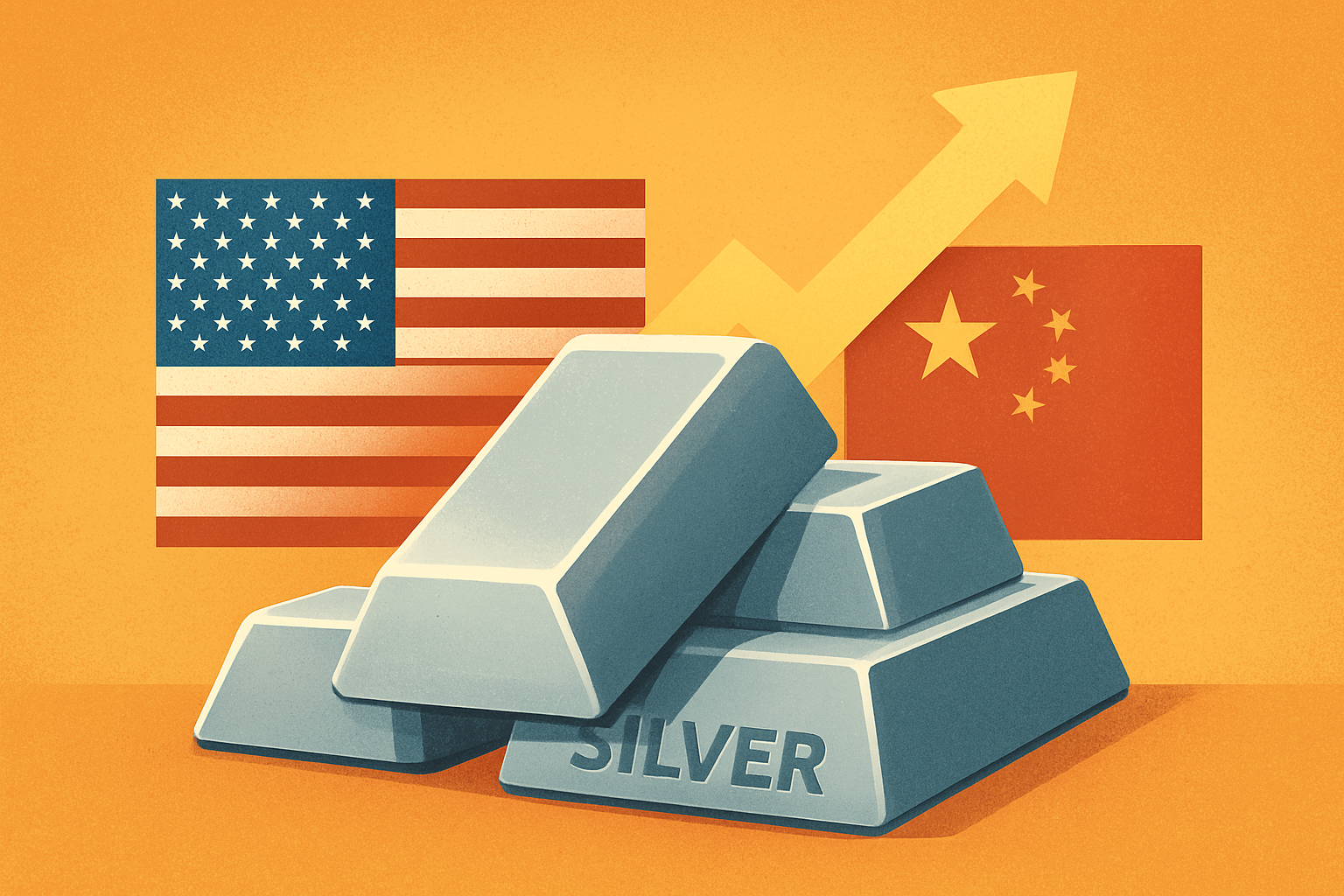Gold has long been a cornerstone of luxury, adorning everything from high-end jewelry to iconic timepieces. But as gold prices surge to record levels, luxury goods companies are facing mounting pressure on profit margins—an emerging trend that investors can’t afford to ignore. Analysts warn that even though gold accounts for a relatively small share of production costs, sustained price increases could ripple across product lines, impacting both consumer demand and corporate earnings.
Why This Matters for Investors
Luxury brands such as LVMH, Tiffany & Co., and Richemont have built their reputations on premium materials and exclusive craftsmanship. Gold is a critical component in their high-margin jewelry segments, and a surge in its price increases input costs. According to Reuters, gold prices recently climbed above $4,000 per ounce, fueled by global economic uncertainty, U.S.-China trade tensions, and expectations of interest rate cuts. While these factors typically drive investment in precious metals, they also create cost pressures for producers relying heavily on gold for their products.
For investors, this dynamic presents a complex picture. Rising gold prices may initially suggest higher asset-backed revenues for companies holding physical gold or derivative positions. However, for luxury goods manufacturers, the opposite effect can occur: cost inflation eats into profit margins, especially when companies hesitate to pass price hikes onto their discerning customer base.
The Impact on Margins and Pricing Strategy
Luxury brands have historically absorbed small fluctuations in commodity prices to maintain brand prestige and customer loyalty. Yet, the current spike in gold costs is among the most significant in recent years. Analysts at Bloomberg suggest that while gold represents roughly 15-25% of the material cost in premium jewelry lines, a sustained upward trend could compel brands to adjust retail prices gradually.
This scenario is particularly relevant for publicly traded luxury companies. For instance, LVMH (EPA: MC) generates a significant portion of its revenue from fine jewelry, and escalating raw material costs could influence quarterly earnings reports and stock performance. Investors monitoring earnings calls should watch for mentions of cost pressures or planned adjustments to product pricing.
Future Trends to Watch
Several trends will be critical for investors evaluating the luxury sector amid rising gold prices:
- Consumer Sensitivity to Price Hikes: While luxury buyers are less price-sensitive than mainstream consumers, repeated increases in gold-backed product prices could eventually influence purchase behavior, particularly in emerging markets.
- Hedging Strategies: Some luxury brands have begun implementing commodity hedging programs to mitigate volatility in gold prices, which can stabilize margins but may introduce financial risk if gold prices decline unexpectedly.
- Supply Chain Considerations: Global logistics challenges and potential geopolitical disruptions could compound the cost pressures, affecting delivery times and overall profitability.
Monitoring these trends will help investors anticipate which companies are best positioned to navigate cost pressures while maintaining growth.
Key Investment Insight
For investors, the current environment underscores the importance of strategic portfolio positioning. Companies with diversified revenue streams—such as those combining jewelry, fashion, and spirits—may better absorb rising gold costs without a proportional hit to earnings. Conversely, firms heavily reliant on gold-intensive products may face margin compression unless they successfully pass on costs or implement efficient hedging mechanisms.
Investors should also track gold market dynamics, as prolonged surges could create opportunities in upstream companies, including mining firms, or alternative luxury segments less sensitive to raw material fluctuations. Staying informed on quarterly earnings, analyst forecasts, and material cost disclosures will be crucial in assessing investment risks and potential returns.
Gold’s recent ascent is more than a market headline—it’s a bellwether signaling shifts in the luxury goods landscape. For investors, understanding how raw material volatility translates to corporate performance can help in crafting informed strategies that balance opportunity with risk.
Stay updated with explorationstocks.com for the latest investor news and expert analysis across global markets, commodities, and emerging trends in precious metals and luxury sectors.

